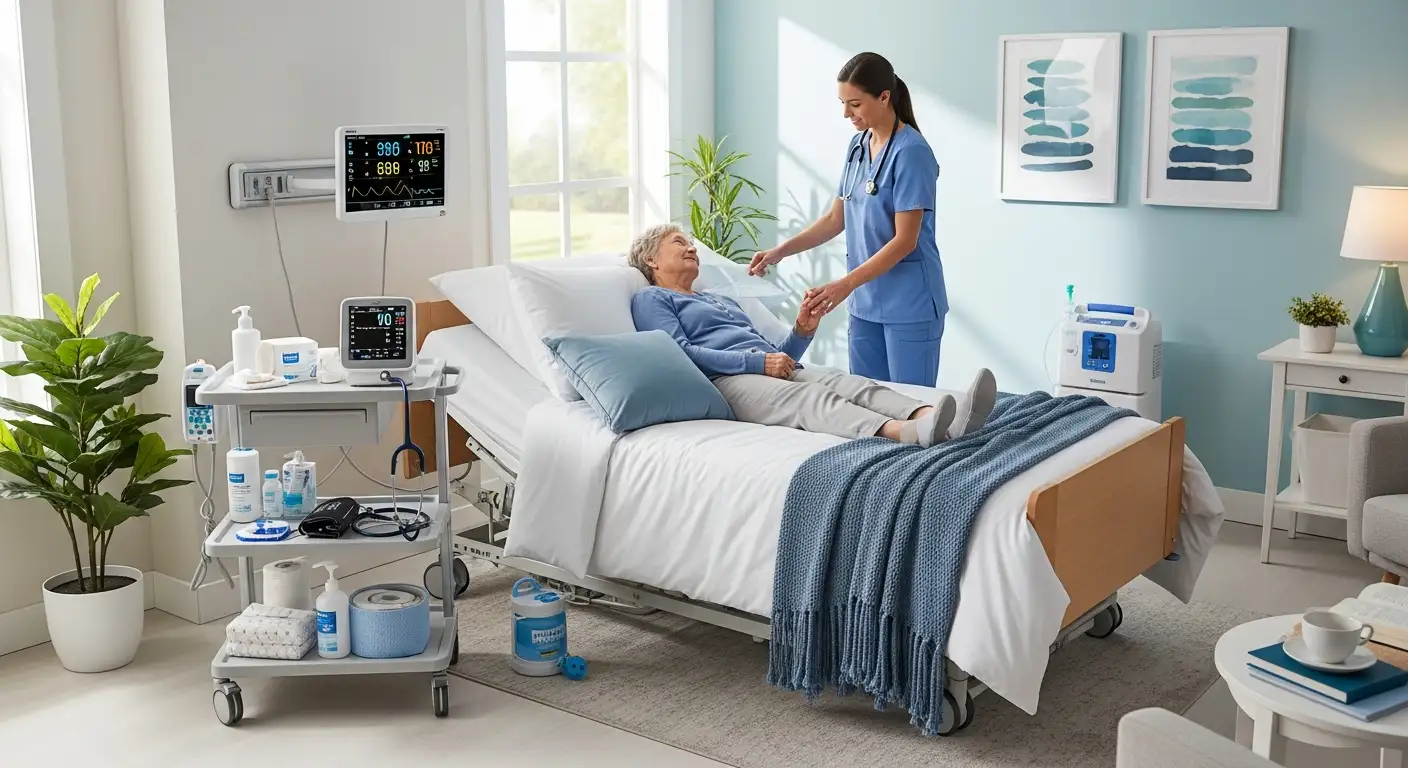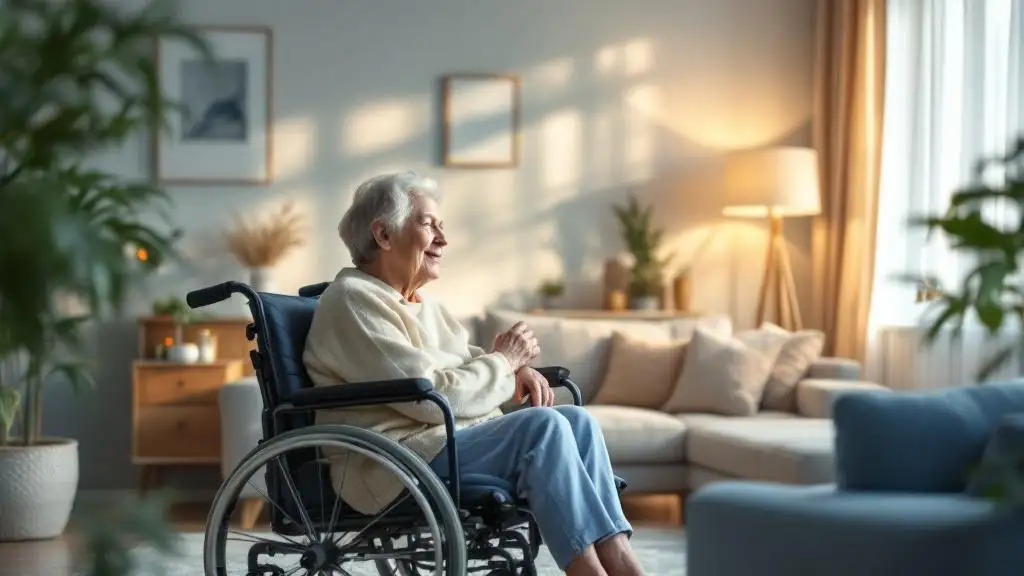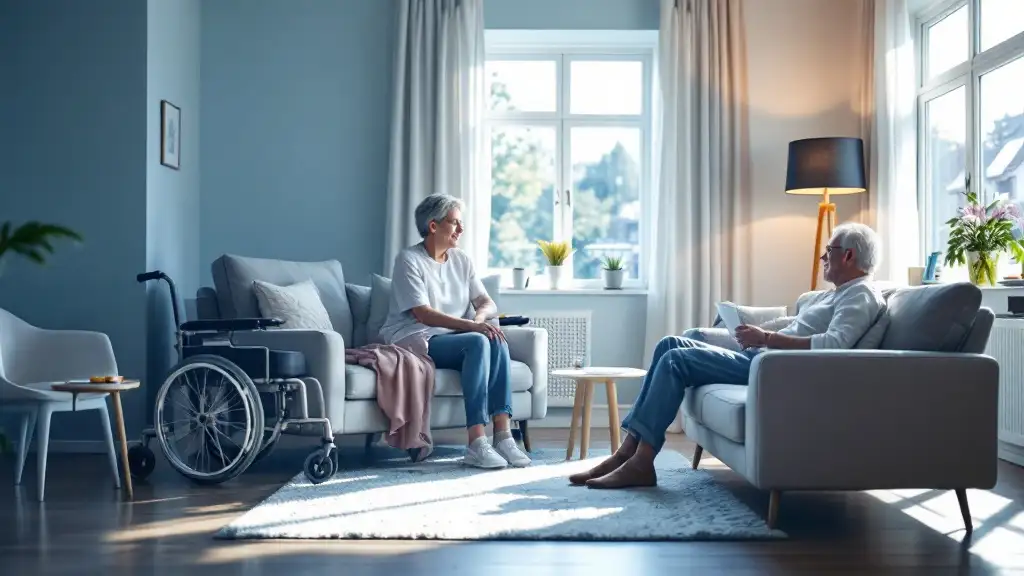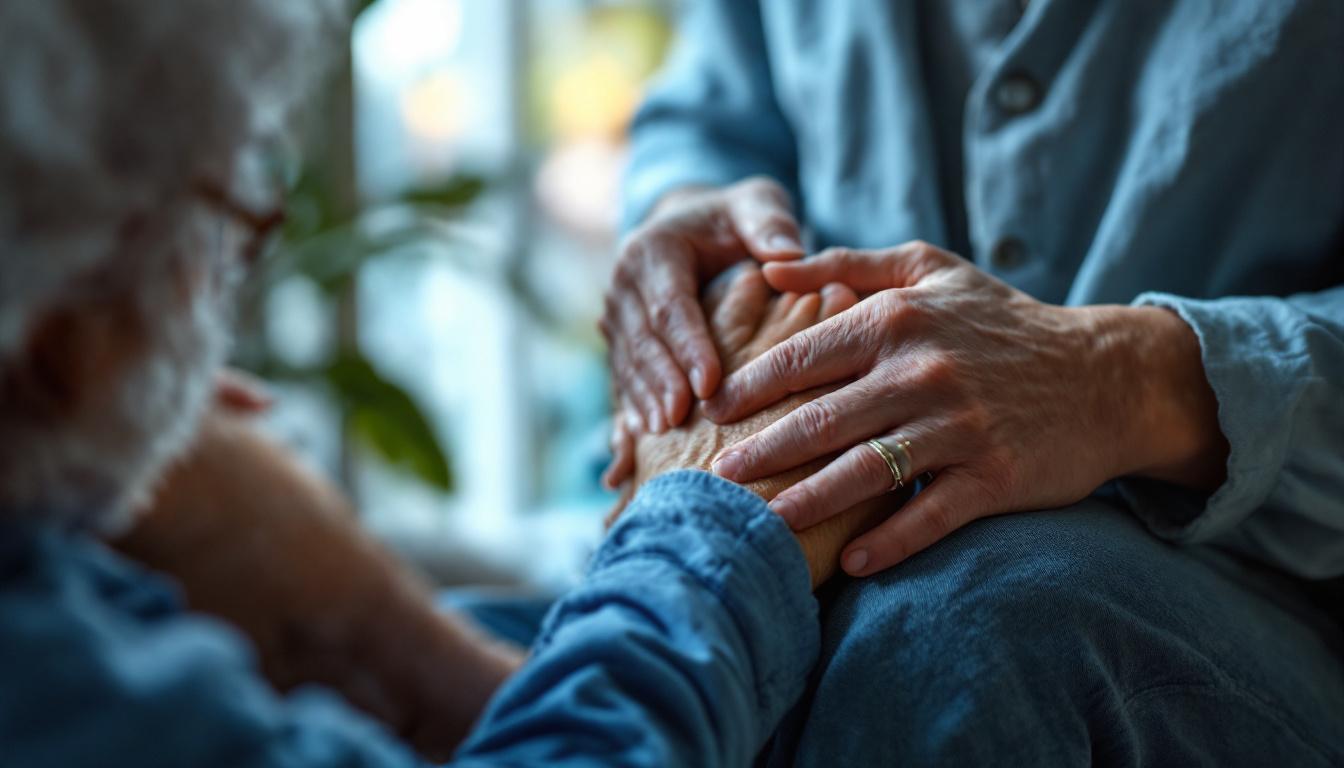How homemaking care supports seniors with arthritis
Enhancing Senior Lives: The Role of Homemaking Care in Managing Arthritis

Understanding Arthritis and Its Impact on Seniors
Arthritis is a prevailing health condition affecting over half of seniors aged 65 and older, characterized by inflammation, stiffness, and painful joints. Its impact extends beyond physical discomfort, influencing seniors' mobility, independence, and emotional well-being. Homemaking care services have emerged as a vital support system, helping seniors manage arthritis symptoms effectively and maintain a high quality of life within the comfort of their homes.
Comprehensive Assistance with Daily Living Activities

Activities of Daily Living
Seniors with arthritis often face challenges in their daily routines due to joint pain, stiffness, and reduced mobility. Home care services provide essential support with activities of daily living (ADLs), helping individuals maintain independence and comfort at home. This assistance includes tasks that might otherwise cause physical strain or become difficult due to arthritis symptoms.
Bathing and Dressing Support
Caregivers assist with bathing and dressing, two activities frequently impacted by limited joint movement and pain. Helping with washing, grooming, and dressing ensures seniors remain clean and comfortable while preventing unnecessary joint stress. This support also includes tasks like buttoning shirts, tying shoes, and opening containers, which can be particularly challenging for those with hand arthritis.
Household Tasks and Meal Preparation
Home care providers lend a hand with household chores such as dusting, vacuuming, laundry, and grocery shopping. These duties can be physically demanding and may exacerbate arthritis symptoms if done without support. Additionally, caregivers help with meal planning and preparation, promoting a nutritious diet rich in anti-inflammatory foods like leafy greens and fatty fish. This not only nourishes the body but also helps in managing arthritis symptoms effectively.
Joint Protection Strategies
To reduce joint strain, caregivers organize household items within easy reach and assist with tasks that might place stress on joints. These strategies protect vulnerable joints, prevent exacerbating arthritis symptoms, and support safer movement and activity around the home.
These comprehensive care efforts make daily routines more manageable for seniors with arthritis, promoting safety, comfort, and ongoing independence.
Enhancing Mobility and Safety through Tailored Support

How do home care services assist with mobility?
Home care providers play a vital role in supporting seniors with arthritis by offering hands-on mobility assistance. This includes helping clients safely get in and out of chairs, beds, and vehicles. Caregivers also encourage and support light, low-impact exercises such as walking, stretching, and water aerobics, which improve joint function and reduce stiffness.
What home modifications help prevent falls?
Creating a safe, mobility-friendly environment is essential for seniors with arthritis. Caregivers assist in removing hazards like clutter and loose rugs, ensuring clear pathways throughout the home. Installing grab bars, especially in bathrooms, and removing obstacles from stairways can greatly reduce fall risks. These adaptations help seniors move around confidently and independently.
What assistive devices are recommended to support mobility and safety?
A range of assistive tools can ease daily movement and enhance safety:
- Braces support weakened joints.
- Canes and walkers provide balance aid.
- Wheelchairs and stairlifts assist when mobility is severely limited. Caregivers ensure these devices are correctly fitted, maintained, and within reach at all times.
How is post-surgical transitional care provided?
For seniors recovering from joint surgeries, tailored home care is critical. Caregivers assist with mobility during recovery, help follow prescribed physical therapy routines, and monitor for any complications. They also manage medication schedules and provide emotional support, fostering a smooth transition back to independence.
Together, these measures form a comprehensive approach that empowers seniors with arthritis to maintain safe mobility and reduces the risk of injury, all while promoting their comfort and dignity at home.
Pain Management and Physical Therapy Collaboration

What pain relief techniques support arthritis management at home?
Home care services play an essential role in managing arthritis pain through various relief techniques. Caregivers assist with applying heat and cold therapy, such as using warm packs to ease stiffness and cold packs to reduce joint swelling. They also perform gentle massages to improve circulation and decrease discomfort.
How do heat and cold therapy benefit seniors with arthritis?
Heat therapy helps relax muscles and improve joint flexibility, reducing morning stiffness common in arthritis. Cold therapy, on the other hand, numbs sharp pain and lowers inflammation around the joints. Caregivers ensure these therapies are applied safely and regularly to maximize benefits.
What role do gentle exercises and physical therapy play?
In-home caregivers encourage light, low-impact exercises like walking, stretching, and water aerobics to enhance joint function and reduce stiffness. They support clients in following medical guidance for physical therapy, helping improve strength and mobility. This assistance boosts endurance and maintains independence.
How is coordination with healthcare professionals facilitated?
Home care providers collaborate closely with physical and occupational therapists to tailor exercises and adaptations to the individual’s evolving needs. They communicate observations about pain levels and mobility changes to healthcare professionals, ensuring safe therapy practices and effective pain management.
Overall, the integration of pain relief approaches with professional therapy support enables seniors with arthritis to experience improved comfort, mobility, and quality of life in their own homes.
Medication Management and Monitoring

How do caregivers support medication adherence for seniors with arthritis?
Caregivers play a crucial role in ensuring seniors with arthritis take their medications correctly and on time. They provide medication reminders and help organize pills to avoid missed doses, which is vital for managing symptoms effectively and preventing complications.
How is monitoring side effects and interactions handled by home care providers?
Home care providers closely observe any changes in a senior's condition that may indicate side effects or adverse interactions between medications. By tracking symptoms and communicating concerns promptly, they help manage risks linked to arthritis medicines.
What role do caregivers have in communication with healthcare providers?
Caregivers serve as important liaisons between seniors and medical professionals. They relay observations about pain levels, mobility changes, or medication effects, ensuring healthcare teams can adjust treatments and provide timely interventions.
How do caregivers assist in recognizing pain signs that seniors might not express?
Some seniors may hesitate to report discomfort. Caregivers, through attentive observation and familiarity with normal behaviors, can identify subtle signs of pain or distress and encourage appropriate medical evaluation.
Together, these medication management and monitoring efforts from caregivers contribute to safer and more effective arthritis care at home, supporting seniors' health and independence.
Nutrition and Lifestyle Support for Joint Health
Proper Nutrition
Maintaining a nutritious diet plays a vital role in managing arthritis symptoms and promoting overall joint health. Caregivers assist seniors by preparing balanced meals highlighting anti-inflammatory foods such as leafy greens, fatty fish, nuts, and whole grains. Proper hydration is also ensured to support bodily functions.
Meal Planning and Preparation
In-home caregivers facilitate meal planning and preparation tailored to seniors' dietary needs, making it easier to consistently consume healthy foods. This includes helping with grocery shopping and preparing easy-to-eat meals that reduce joint strain while boosting nutrient intake.
Weight Management
Weight management is crucial for reducing stress on joints affected by arthritis. Home care providers support seniors in maintaining a healthy weight through balanced nutrition and encouraging active lifestyles. Small, consistent changes guided by caregivers can improve mobility and reduce pain.
Encouragement of Low-Impact Exercise
Regular, gentle exercise helps improve joint flexibility and reduce stiffness. Caregivers motivate and assist seniors in performing low-impact activities like walking, swimming, stretching, and water aerobics. These exercises enhance muscle strength and joint function without overexertion, fostering independence and improving quality of life.
Emotional and Social Support: Combating Isolation and Depression
How Does Emotional Support Benefit Seniors with Arthritis?
Emotional support plays a vital role in helping seniors cope with arthritis. Chronic pain and mobility limitations can lead to feelings of frustration, sadness, and helplessness. Caregivers provide active listening, encouragement, and reassurance, helping seniors express their feelings and reducing emotional distress.
What Role Does Social Companionship Play?
Social companionship helps combat loneliness and social withdrawal common in seniors with arthritis. Regular interactions with caregivers or companions offer meaningful conversation, participation in activities, and a sense of belonging. This connection enhances mood and counteracts feelings of isolation.
How Can Caregivers Alleviate Frustration and Loneliness?
Caregivers can recognize early signs of emotional strain, such as withdrawal or irritability, and respond with empathy and patience. Offering assistance with communication, facilitating social engagement, and encouraging participation in gentle social activities help reduce loneliness and frustration.
In What Ways Does Emotional and Social Support Enhance Mental Well-Being?
Consistent emotional and social support fosters improved mental health by reducing depression and anxiety related to chronic pain and limited mobility. It encourages seniors to maintain a positive outlook and promotes resilience, ultimately improving overall quality of life for those living with arthritis.
The Integral Role of Homemaking Care in Arthritis Management
Homemaking care serves as an indispensable pillar in supporting seniors living with arthritis, addressing not only their physical needs but also their emotional and social well-being. Through personalized assistance with daily activities, mobility support, pain and medication management, nutritional guidance, and compassionate companionship, homemaking caregivers empower seniors to maintain independence and improve their quality of life. As arthritis continues to affect a significant portion of the aging population, the role of dedicated in-home care services becomes ever more critical in enabling seniors to age safely and comfortably in their own homes.
References
- How Home Care Helps Manage Arthritis
- How to Maintain Joint Health and Independence with In- ...
- Managing Arthritis among Seniors: In-home Care Strategies
- How Home Care Can Benefit Seniors with Arthritis
- How Can Professional Caregivers Support Seniors With ...
- How Home Care Helps Older Adults Manage Arthritis Pain
- The Benefits Of Home Care For Seniors With Arthritis



































































































